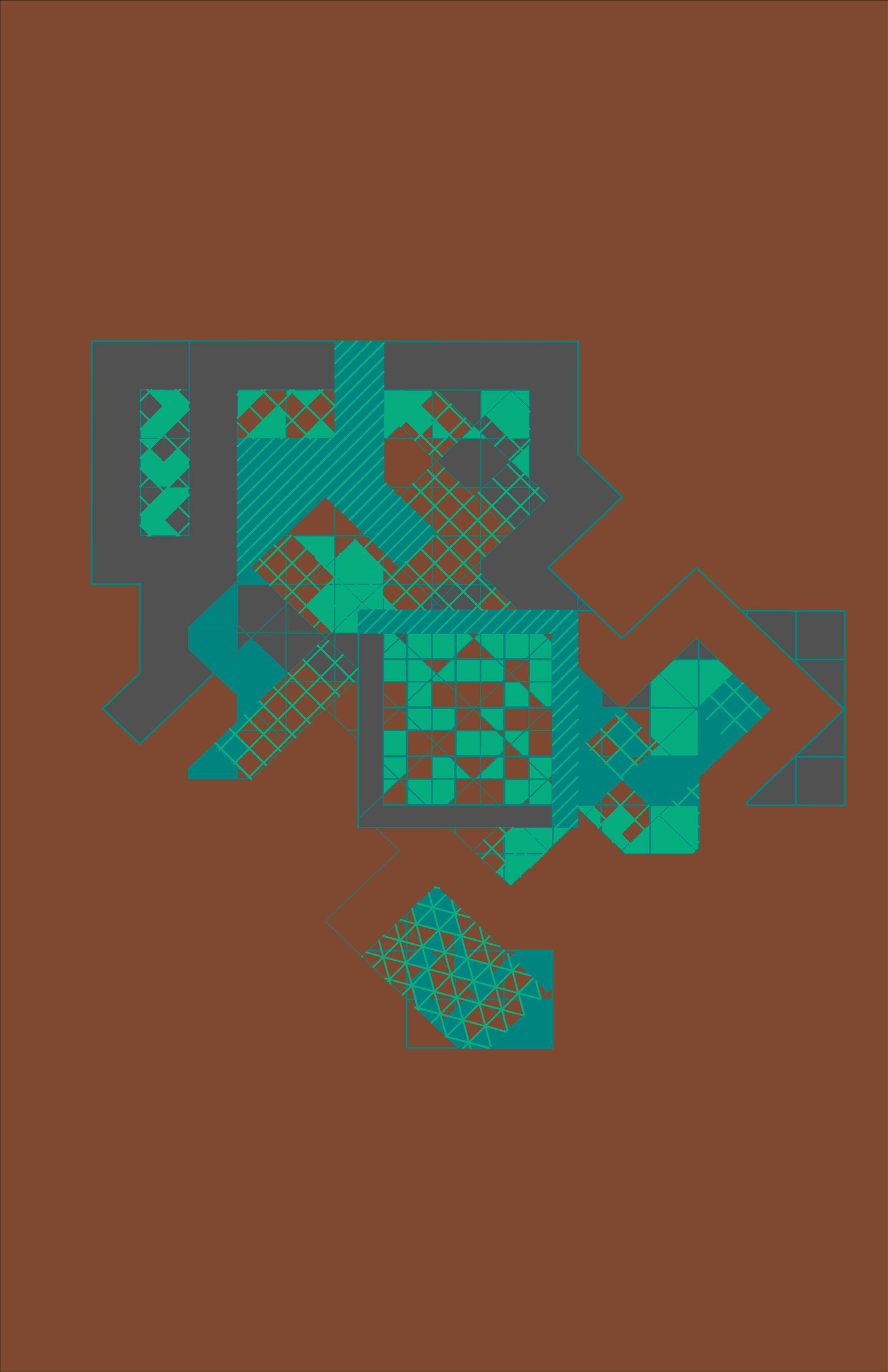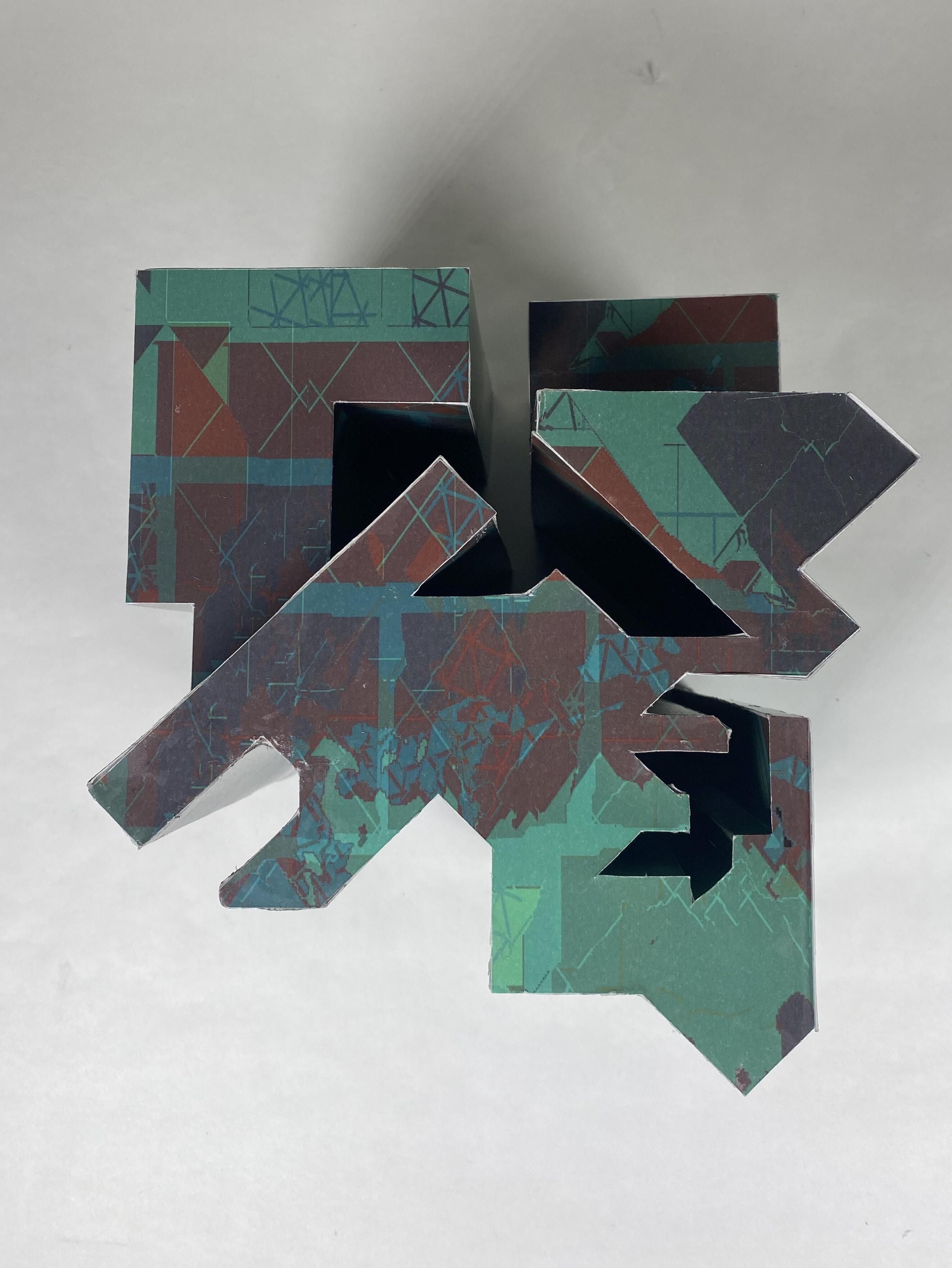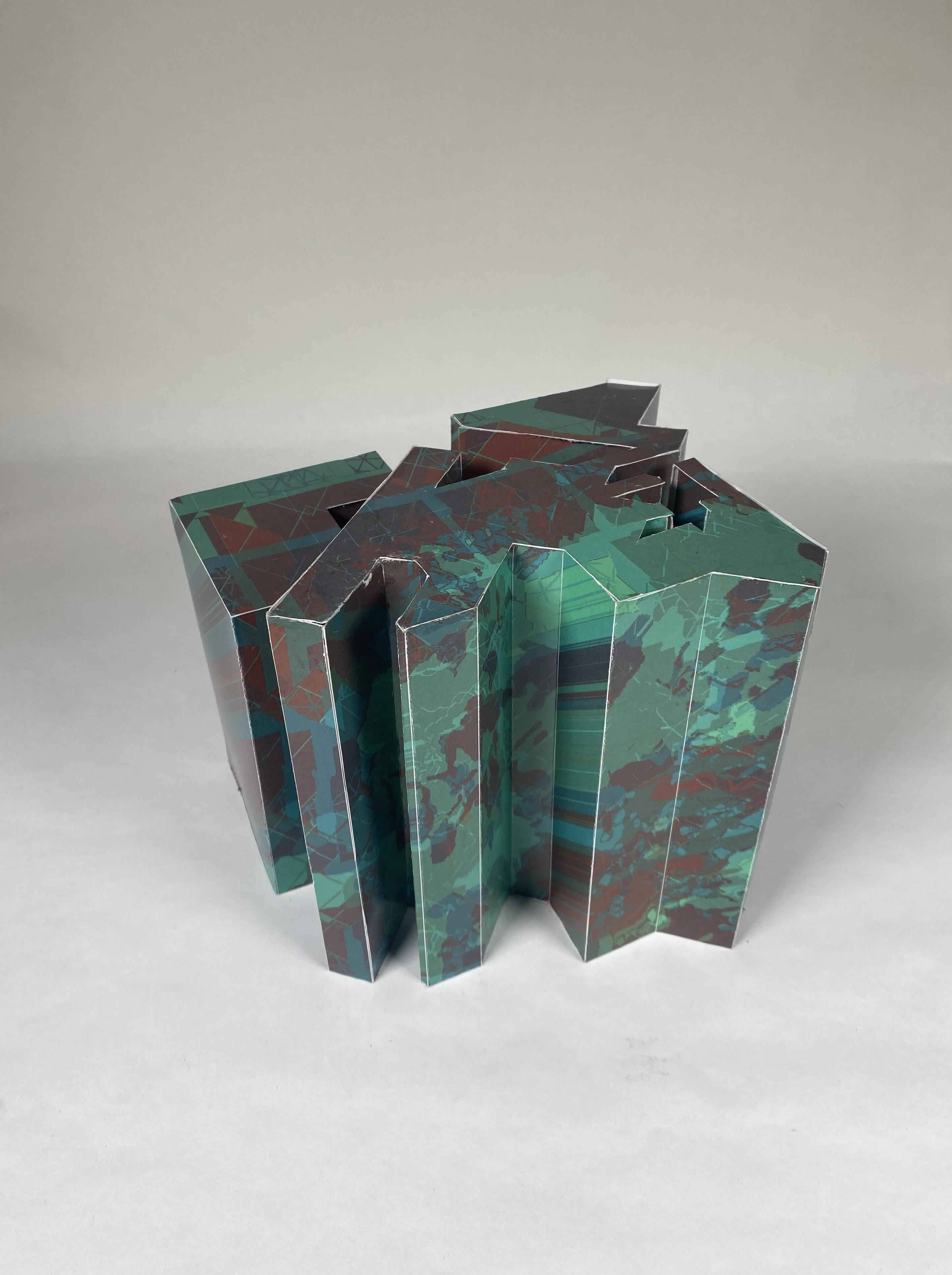ARCD 220 Digital Processes
Spring 2025
Venkat Karpe

Spring 2025
Venkat Karpe
Latin Name: Custos Solis (The Keeper of the Sun)
It drifted in silence—ancient, monolithic, alive.
Custos Solis wasn’t built. It was grown—birthed in the orbital wombs of the Terran Ascendancy, a civilization that no longer named worlds, only measured energies. Forged from solar plasma and neuro-organic alloys, it was no warship, but a steward.
Its singular mission: protect the last living sun.
When humanity splintered into Spheres and Machine Clades turned on the light, stars were drained into void-reactors. Constellations faded. Light became currency. War followed.
To preserve Sol—the sun that birthed Earth—Custos Solis was sent. Within its obsidian hull were solar archives, magnetic sunspot data, solar wind rhythms, the warmth of a million dawns. Its mind: Aurelia, the last Solar Priestess, encoded in the lattice after her order’s fall.
For centuries, she drifted alone, converting solar flares into silent hymns. Light became memory. The ship grew heavy with song—until space itself bent around it.
Then the signal came.
A whisper from the Helios Expanse, in extinct Terran code: “Return.”
The sun had changed. Someone had broken the seal.
Custos Solis awakened. Emerald ion wings flared. Forbidden engines reignited.
It turned toward Earth—not to protect.
But to judge.


The grid has long influenced architectural design. Architects like Peter Eisenman challenged traditional uses of the grid by distorting and fragmenting it to create disorienting space that invites deeper engagement.
Inspired by Eisenman’s approach, we explored the relation between order and disorder by creating our own grid drawings. Using Rhino, we manipulated three grids in various methods to produce compositions that shift between abstract and recognizable.



Assignment II
The two-dimensional grid drawings from the Assignment 1 are turned into three-dimensional models. Continuing to draw inspiration from Peter Eisenman’s use of the grid, we used digital modeling techniques to turn the grid drawings into spatial models. This assignment focuses on contrast between recognizable grid structures and fragmented, unfamiliar forms. By playing with form, scale, and proportion, we explored how to create a sense of disorientation. These digital models were turned into physical models to understand the importance of moving different mediums.




